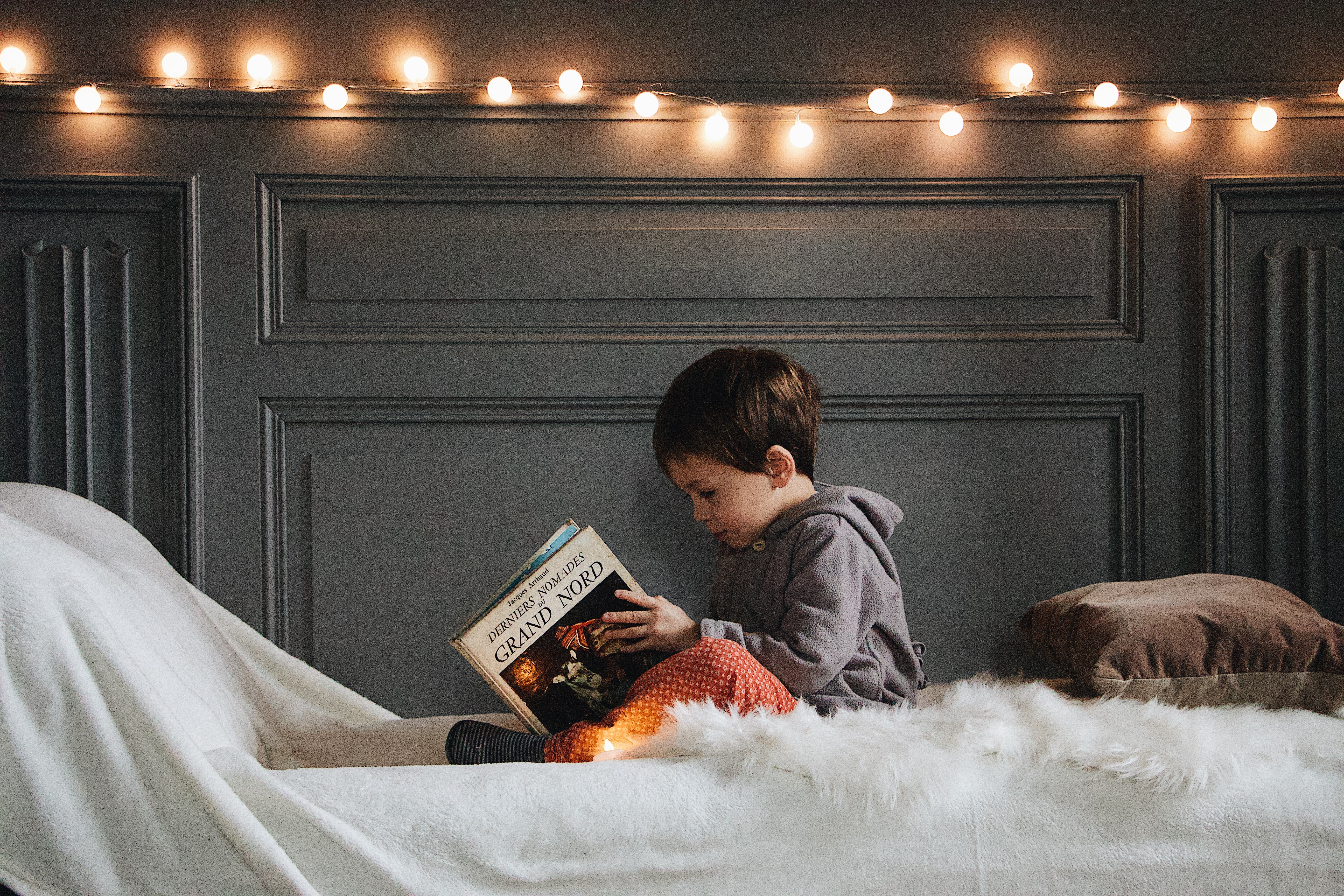-1.png)
EtonHouse Singapore
This notion of the use of the environment to extend and challenge children’s learning and thinking was brought into awareness by the schools and educators of Reggio Emilia. It is important that the environment nurtures children’s independence through child-sized furniture and thoughtful placement of materials at the child’s level, readily accessed when needed to. How can we create innovative learning spaces at home?
1. Declutter
It is great for children to have choices but overwhelming when children have too many. Create a storage system with clear plastic containers. Label the containers and sort all the different resources you have. It may be an intensive one-off exercise but definitely worth the effort in the long haul.
2. Listen to and observe your children
Find out what their interests are. What are they curious to find out about? Then create learning spaces that are responsive to these interests and curiosities. Be prepared to make changes to learning spaces that are not working out as planned.
3. Be intentional
Every learning space and every resource should serve a purpose. Ask yourself, “What is the purpose … (of this or that)?” Our respect for spaces and materials serves as a role model for children. Similarly, clutter communicates the lack thereof. Support the children as they help to clean up the space after use. It is important for children to know where things go. Children have a right to be in spaces that are aesthetically pleasing.
Collect beautiful and diverse art pieces, pretend play props and other learning resources and create spaces where children can interact with them. Remember to label all spaces and outline and print the rules or agreements on the use of the different spaces and resources. Not only will the environmental print enhance reading competence in your children, it will also reinforce social skills when siblings and peers are involved.
4. Use open-ended resources
Let your child's creativity and imagination fuel the play. Be inventive with recycled materials. In Reggio Emilia, the placement of resources in a thoughtful way is called a provocation. It is called so because it provokes wonder, imagination, amazement and curiosity in the child. It provokes the child to want to learn and find out more.
5. Make spaces magical
Add a mirror where children construct with blocks to allow themselves to view from multiple perspectives. Create a hanging drape with fabric to partition a cosy nook. Throw in a string of fairy lights to illuminate the space.
When a learning space is lovingly and meaningfully set up, children can certainly be engaged in purposeful play for long periods of time.

